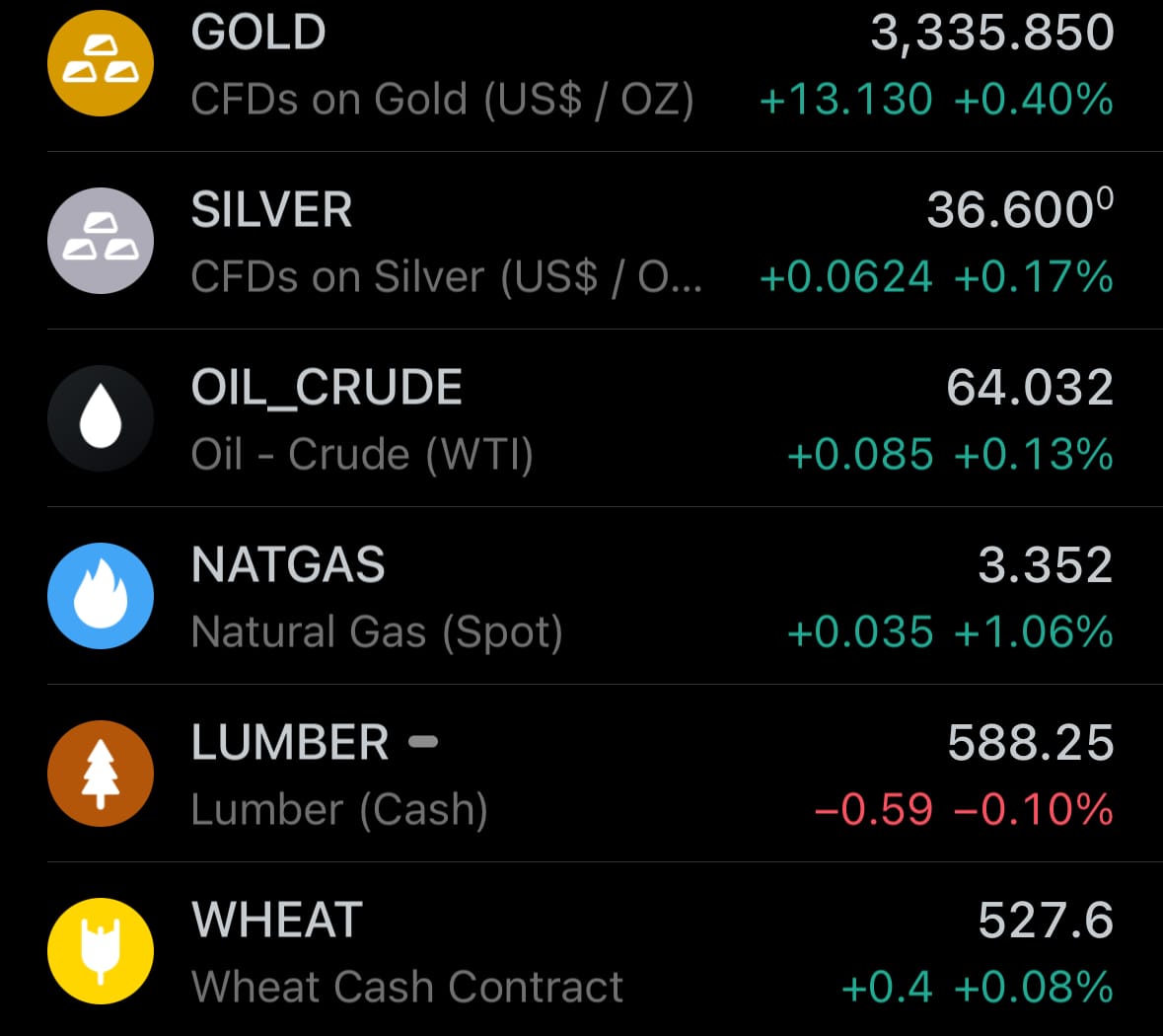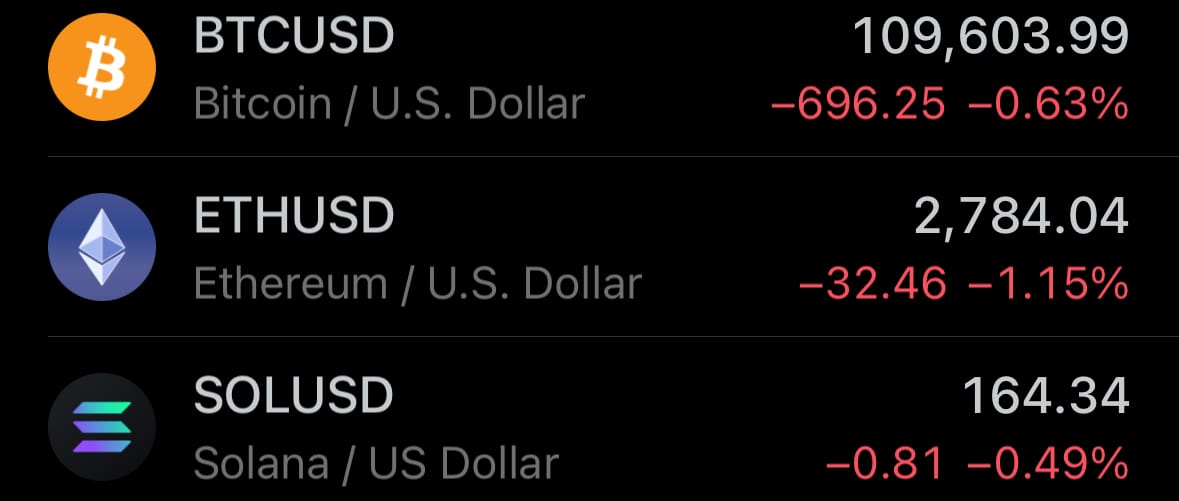Wednesday☕️

Trending:
- Yesterday, June 10, 2025, southwestern Colombia was hit by a series of coordinated bomb and gun attacks targeting police stations and security installations in cities including Cali, Corinto, El Bordo, and Jamundi, primarily in the Cauca Department. The attacks, which utilized car bombs, motorcycle bombs, rifle fire, and a suspected drone, caused significant material damage and civilian injuries, with casualty estimates ranging from 3 to 8 deaths and up to 28 injuries across sources.

- The attacks are attributed to the Estado Mayor Central (EMC), a Marxist-Leninist faction of FARC dissidents that rejected the 2016 peace deal and is linked to Mexico’s Jalisco New Generation Cartel (CJNG). At least 14 additional terrorist attacks were reported across Colombia within hours, amplifying concerns. Colombian authorities, including Police Chief Carlos Fernando Triana, have pointed to the EMC, with President Gustavo Petro ordering increased security for opposition leaders to counter the escalating threat.
Economics & Markets:
- Yesterday’s U.S. stock market:

- Yesterday’s commodity market:

- Yesterday’s crypto market:

Environment & Weather:
- Yesterday, June 10, 2025, intense rainfall triggered severe flooding in Camaman-an, a barangay in Cagayan de Oro City, Philippines. The heavy downpour, driven by the southwest monsoon, inundated streets, homes, and vehicles, particularly in the Crossing Bolonsiri area. Social media posts, including videos and images on platforms like X and Instagram, depicted muddy floodwaters submerging residential areas and stranding residents, with some footage showing vehicles, including trucks, unable to navigate the deluge.

- Cagayan de Oro has faced recurring flood challenges, highlighting the need for improved disaster response routes to reduce congestion during crises. Further details may emerge as local authorities provide updates.

Space:
- Yesterday, June 10, 2025, SpaceX launched a Falcon 9 rocket for the Starlink 12-24 mission from Space Launch Complex 40 (SLC-40) at Cape Canaveral Space Force Station, Florida, at 9:05 a.m. EDT (1305 UTC). The mission deployed 23 Starlink satellites into low-Earth orbit, including 13 with Direct to Cell capabilities, contributing to SpaceX’s global internet network. The reusable first-stage booster, on its 12th flight, landed successfully on a droneship. SLC-40, a primary SpaceX launch site, supports frequent missions due to its strategic location and infrastructure, facilitating a range of commercial and government launches.

- SLC-40 at Cape Canaveral was originally constructed in the 1960s for Titan rockets and adapted for Falcon 9 launches starting in 2008. It has hosted over 100 Falcon 9 missions, including Starlink deployments and other payloads like the SiriusXM SXM-10 mission on June 7, 2025. The site’s near-equatorial position aids efficient orbital insertions, and ongoing upgrades support high launch rates.
Statistic:
- Largest public German companies by market capitalization:
- 🇩🇪 SAP: $362.40B
- 🇩🇪 Siemens: $196.05B
- 🇩🇪 Deutsche Telekom: $183.89B
- 🇩🇪 Allianz SE: $153.14B
- 🇩🇪 Munich RE (Münchener Rück): $84.48B
- 🇩🇪 Rheinmetall: $84.32B
- 🇩🇪 Siemens Energy: $77.10B
- 🇩🇪 Siemens Healthineers: $60.14B
- 🇩🇪 Deutsche Börse: $58.36B
- 🇩🇪 Merck KGaA: $57.80B
- 🇩🇪 Mercedes-Benz: $57.34B
- 🇩🇪 BMW: $55.06B
- 🇩🇪 Infineon: $54.91B
- 🇩🇪 Deutsche Bank: $54.67B
- 🇩🇪 DHL Group (Deutsche Post): $54.16B
- 🇩🇪 Volkswagen: $53.66B
- 🇩🇪 E.ON: $45.61B
- 🇩🇪 Porsche: $44.36B
- 🇩🇪 BASF: $44.35B
- 🇩🇪 Adidas: $43.43B
- 🇩🇪 Hannover Rück: $38.00B
- 🇩🇪 HeidelbergCement: $36.11B
- 🇩🇪 Commerzbank: $35.72B
- 🇩🇪 Daimler Truck: $33.81B
- 🇩🇪 Talanx: $32.96B
History:
- The history of clocks begins with humanity’s earliest attempts to measure time, rooted in observing natural cycles like the sun and moon. Around 3000 BC, ancient Egyptians used sundials, tracking shadows cast by the sun, and water clocks, which measured time through the steady drip or flow of water. These devices, while innovative, were limited by weather and imprecision. By the Middle Ages, mechanical clocks emerged in Europe, with the earliest known examples appearing in monasteries around the 13th century to regulate prayer schedules. These weight-driven mechanisms, like the verge escapement, were bulky and often inaccurate, losing or gaining hours daily. The development of the spring-driven clock in the 15th century allowed for smaller, more portable timepieces, though still primarily for the wealthy.
- The 17th century marked a turning point with the invention of the pendulum clock by Christiaan Huygens in 1656, drastically improving accuracy to within minutes per day. This breakthrough, combined with refinements like the anchor escapement, made clocks more reliable for scientific and societal use. Today, at sea, ships rely on highly accurate quartz and atomic clocks integrated into GPS systems for navigation, ensuring precise timekeeping for longitude calculations, a legacy of 18th-century marine chronometers. In space, atomic clocks, like those on GPS satellites or NASA’s Deep Space Atomic Clock, maintain nanosecond precision despite extreme conditions, enabling spacecraft navigation and synchronized communication across vast distances, underpinning modern exploration and global systems.
Image of the day:

Thanks for reading!
Earth is complicated, we make it simple.
Click image to view the Earth Intelligence System:



Support/Suggestions Email:
earthintelligence@earthintel.news




